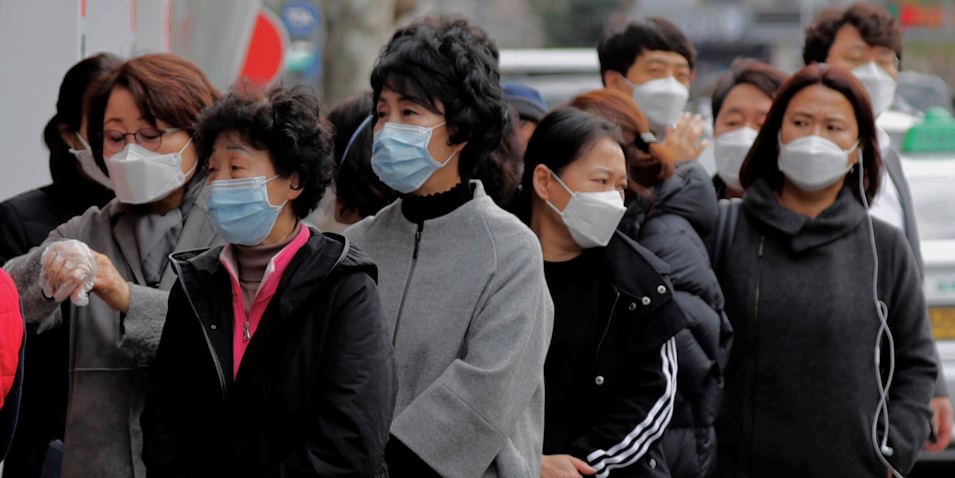The COVID-19 pandemic has swept across the globe, leaving no corner of the world untouched by its profound impact. It has forced humanity into an unprecedented era of uncertainty, challenging our resilience. It has been a tough time for everyone, but some countries have had a much harder time dealing with the virus.
Why did countries come across such difficulties?
High case numbers have strained healthcare systems, leading to shortages of medical supplies, hospital beds, and healthcare workers. As a result, overwhelmed hospitals couldn’t provide optimal care.
Besides, the pandemic disrupted global supply chains, affecting the availability of essential goods and medical supplies.
In addition, access to vaccines has been inequitable, with some countries having more resources and faster distribution than others. Vaccine hesitancy among people has also been a challenge.
Finally, the virus has mutated, leading to the emergence of new variants that may affect transmissibility, severity, or vaccine effectiveness.
So, many countries were unprepared for a pandemic of this scale, lacking adequate resources, infrastructure, and strategies to respond effectively.
So, what countries had the most difficulties?
Let’s delve into the countries that were among the most affected by COVID-19 up to that point:
United States
The United States, with its vast population and geographic size, has been grappling with one of the most substantial COVID-19 outbreaks globally. Particularly in the early stages of the pandemic, densely populated areas like New York City bore the brunt of the virus. Hospitals were strained under the influx of patients, and the country struggled to implement uniform public health measures due to its federal system.

Brazil
Brazil faced a severe COVID-19 outbreak characterized by a high number of cases and fatalities. The nation’s challenges included issues related to healthcare capacity, testing, and public health messaging.
India
India experienced a devastating second wave of COVID-19 in the spring of 2021. During this surge, the country faced an overwhelming number of cases and fatalities, stretching healthcare resources and leading to significant challenges in managing the outbreak.
Mexico
Mexico reported a considerable number of COVID-19 cases, and the country faced difficulties in controlling the spread of the virus in various regions. Strained healthcare systems and economic challenges were among the consequences.
United Kingdom
The United Kingdom was one of the European nations significantly affected by COVID-19, especially in the early stages of the pandemic. It experienced many cases and deaths, particularly in urban areas like London.
Italy
Italy was one of the countries hardest hit by COVID-19 during the early months of the pandemic. The nation faced a surge in cases and reported a high mortality rate. Italy’s experience served as a stark warning to other countries about the virus’s potential impact.
Spain
Spain, like Italy, faced a significant outbreak with a high number of COVID-19 cases and deaths. Major cities, including Madrid and Barcelona, experienced challenges in containing the virus.







